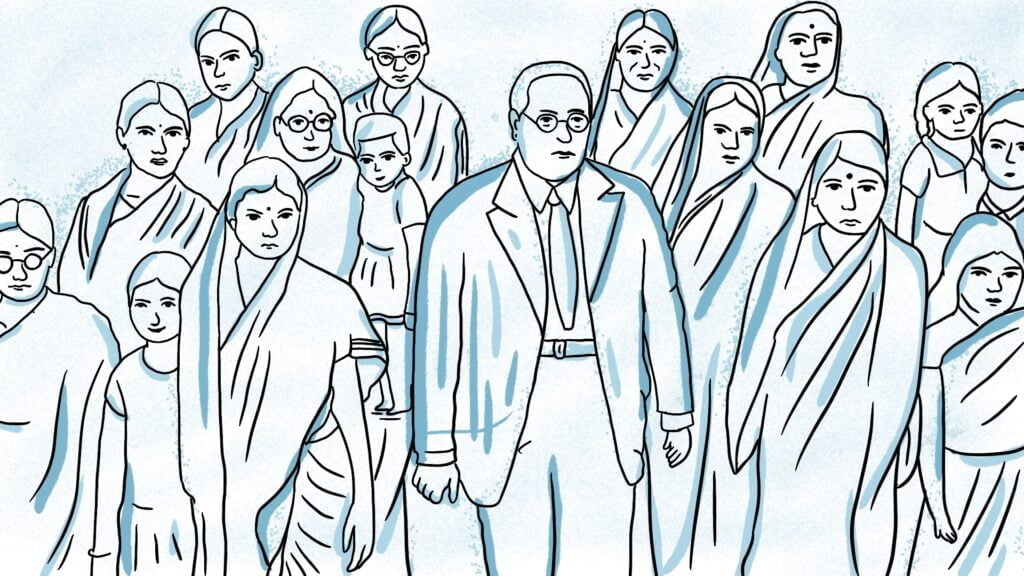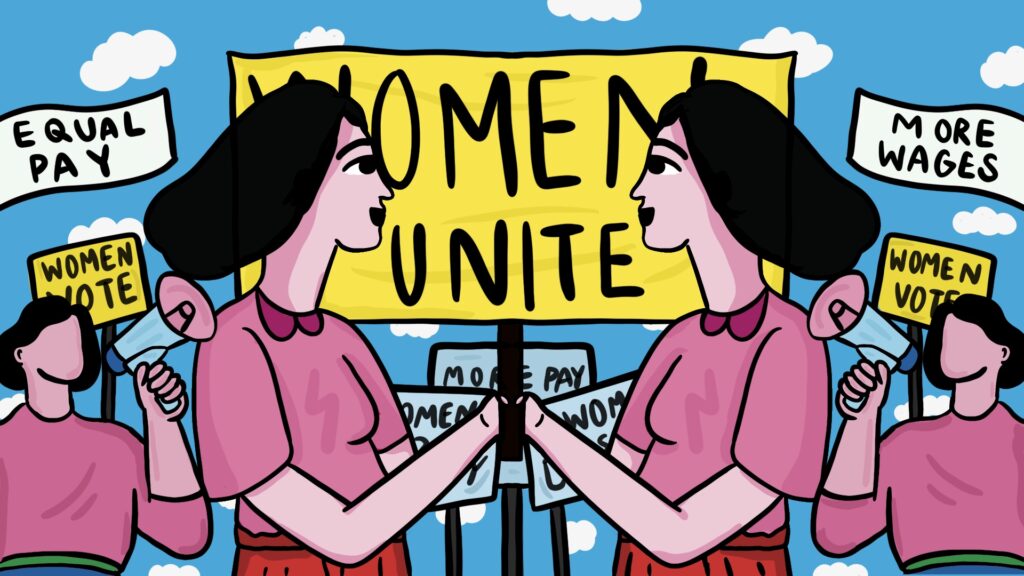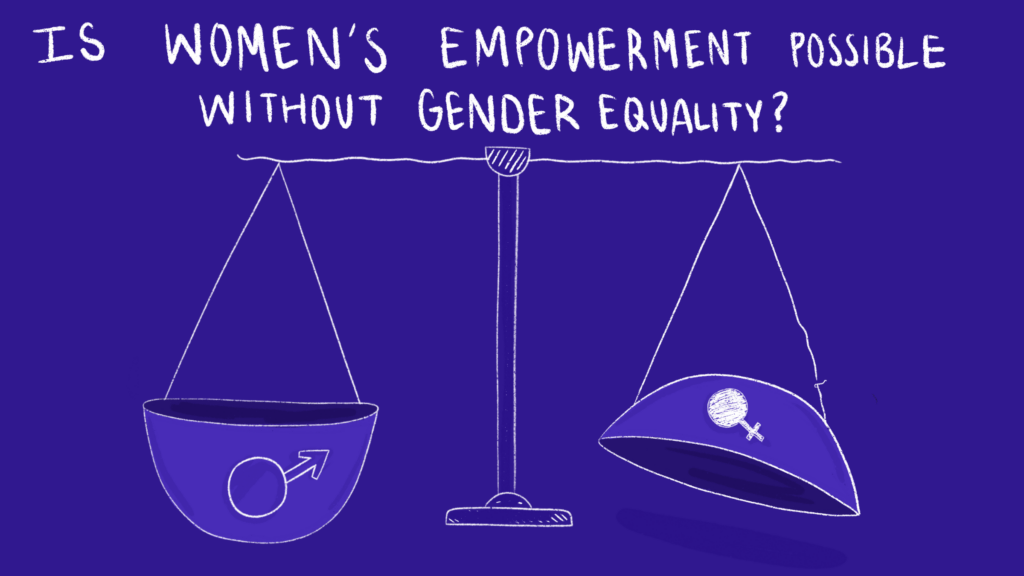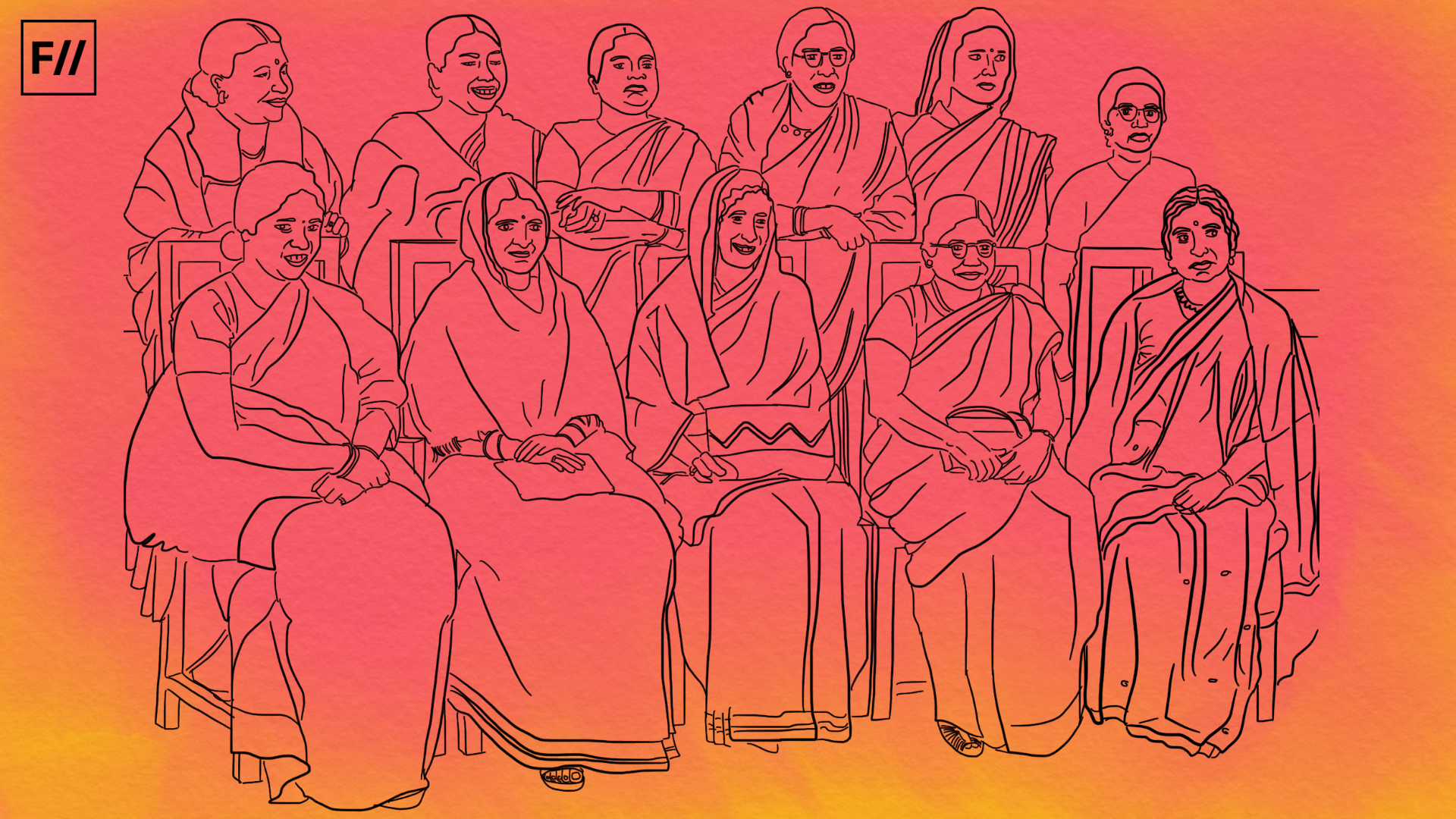Before a gathering of 3,000 women in 1927, Ambedkar said, “I measure the progress of a community by the degree of progress which women have achieved.” In the ever-evolving tapestry of human civilisation, women have historically been treated unequally with their male counterparts in any society. Women have always been facing discrimination, exploitation and gender biases.
As societies advance, the ongoing effort to liberate women from longstanding gender-based oppression and foster gender equality persists. There is a growing recognition that equitable representation and sensitivity towards diverse gender identities are not just matters of social justice, but prerequisites for effective governance.
Gender as a social construct has historically influenced power structures, access to opportunities, life trajectories and has perpetuated systematic biases. To confront these deeply entrenched issues, governments must embrace policies that would address gender concerns. Gender-inclusive governance by imbibing affirmative actions, seeks to ensure representation of all gender identities in political, economic, and social spheres.

The endeavour to establish gender-sensitive governance is based on the principle of social justice. It acknowledges that different genders experience unique challenges and privileges and makes an effort to rectify historical injustices by formulating inclusive policies.
However, gender inclusivity also ensures diversity in perspectives in the decision-making process, fostering creativity and innovation.
Women in decision-making
The participation of women in formal and informal decision-making structures varies largely from that of men. According to the latest World Economic Forum (WEF) Global Gender Gap Report, in the year 2022, “the global gender gap has been closed by 68.1 per cent. At the current rate, it will take 132 years to reach full parity.” Women’s low representation in parliamentary bodies indicates the cultural, economic and societal factors limiting women’s opportunities and manifest the persisting gender inequality.
India, since its inception as an independent nation after the colonial era, has recognised equal political and civil rights for both men and women. The participation of women in elections as voters has experienced a remarkable increase over time, culminating in nearly equal turnout with men during the latest national elections in 2019.
However in comparison to the women’s turnout for the right to elect, the turnout for women’s right to be elected is alarmingly less- the proportion of women representatives in the Parliament, both in the Lok Sabha and the Rajya Sabha, has remained considerably low. Only 14 per cent of the Lok Sabha seats and 13 per cent of the Rajya Sabha seats are occupied by women.
However, with the passage of the 73rd and 74th Amendment Acts for the establishment of local self-governments, the section for the reservation of one-third of the total number of seats for women in these bodies has ensured better representation of women at grassroots decision-making bodies. The implementation of seat reservations for women has significantly boosted their involvement in governance institutions, marking a remarkable increase in female political participation.

Despite the increase in women’s representation in decision-making bodies, it is acknowledged that reservation is not enough to ensure women’s concerns are heard. Firstly, despite the presence of more women in the decision-making system, women’s voices are barely heard as the system in itself is patriarchal, gender norms are well ingrained there.
Secondly, the presence of women in leadership positions doesn’t guarantee the representation of all women, regardless of their caste, class, religion, or ethnicity. ‘Women‘ is not a monolith category and these intersectional identities do create differences among them and do impact the representative’s voice.
Gender mainstreaming in governance
Participation of women in decision-making bodies i.e. the legislative bodies would be the best way to wield better chances in formulating gender-sensitive policies. However, by undertaking measures like gender mainstreaming in policy-making procedures, gender inclusivity could not be achieved in society until the intersectional representation of women in parliamentary democracies is realised.
Gender mainstreaming in governance is the systematic integration of gender perspectives into all policies, programs, and activities of governments. It aims to ensure that gender equality and women’s rights are reinforced by incorporating gendered lenses in designing every policy program and scheme undertaken by the government. By incorporating gender mainstreaming, governments aim to create a more inclusive and equitable society, where the needs and experiences of both women and men are acknowledged and catered to. It promotes not only gender equality but also justice and fairness in socio-economic development.

The various parameters used to assess gender mainstreaming are inclusiveness in scheme design, the practice of gender budgeting, the inclusion of the transgender community, capacity building, awareness activities for women and transgender persons, the direct impact of provisions and the availability of gender-disaggregated data.
According to the NITI Aayog 2022 report titled “Gender Mainstreaming In Governance,” 75 per cent of all Centrally Sponsored Schemes (CSS) have provisions for gender components directly or indirectly. However, only around 50 per cent of the schemes practice gender budgeting. The majority of the schemes across all sectors lack adequate provisions for transgender persons, with only 14 per cent of schemes taking into consideration the different needs of transgender persons.
Problems and prospects of gender-inclusive policies
Despite the endeavour of gender mainstreaming of government policies in various sectors, we do not see a significant improvement in women’s participation. The female Labour Force Participation Rate (LFPR), i.e. 20.8 per cent in 2019, has drastically fallen over the last three decades, i.e. 35 per cent in 1990. Safety issues, personal issues at workplaces and societal norms discourage women from working. The workplaces still lack the provision of support services as per the contextual realities of women.
The absence of gender-sensitive infrastructure is causing a decline in enrollment and an increase in dropout rates. This underscores the need for the incorporation of more inclusive components for equitable access for girls, especially from marginalised communities.
Only a gender-sensitive governance framework can ensure decent working conditions for women which includes maternity benefits, availability of creche facilities, flexible timings for women with very small children, and display of sexual harassment grievance mechanisms at work sites.
The absence of gender-sensitive infrastructure is causing a decline in enrollment and an increase in dropout rates. This underscores the need for the incorporation of more inclusive components for equitable access for girls, especially from marginalised communities.
Gender budgeting is a critical component of gender inclusive governance which acknowledges that gender disparity persists in public finance and seeks to promote gender equality in formulating budgets. Gender budgeting not only aims to allocate resources fairly but also to ensure that public funds address the specific needs and priorities of different gender groups.
However, according to the NITI Aayog report, gender budgeting is not practised in most of the states and sectors like urban transformation, environment and climate change, jobs and skills, and health are the worst affected sectors.

The imperative for gender-inclusive and sensitive governance cannot be overstated. As societies evolve, the injustice that women have experienced historically demands attention and action from governments worldwide. Gender-sensitive governance systems are the best tool to respond to this systematic discrimination and biases.
Be it efforts to increase women’s participation in decision-making bodies through political reservations or undertaking a gender mainstreaming approach for policymaking, the endeavour to achieve gender equality should be the fundamental goal. It is not just a moral imperative but a pragmatic necessity. Because it not only aims to ensure social justice but also promotes diversity, and innovation, setting the stage for a more just and inclusive society where all genders can thrive.
About the author(s)
I'm a Political Science graduate. My area of interest is identity politics, politics of violence, and post-colonialism. I'm passionate about politics, history, literature and art. I unwind by journaling.






